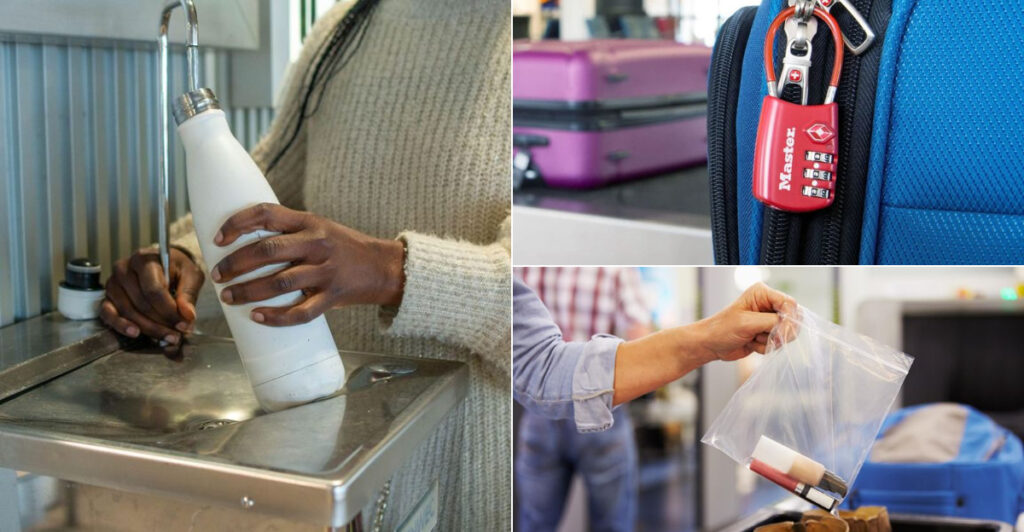Packing for travel can feel overwhelming with endless lists telling you what to bring. But after countless trips and learning from mistakes, some items prove themselves indispensable every single time. These aren’t the obvious things like clothes or your passport—they’re the smart additions that make every journey smoother, safer, and more enjoyable.
1. Portable Power Bank (Carry-On Only)

Dead phone batteries are a traveler’s nightmare, especially when you need maps, boarding passes, or emergency contacts. A reliable power bank keeps your devices charged during long airport layovers, bus rides, and exploration days.
Safety regulations require all spare lithium batteries and power banks to travel in your carry-on bag, never in checked luggage. The FAA and TSA strictly enforce this rule because lithium batteries can overheat.
Choose one with multiple ports so you can charge your phone and headphones simultaneously. Look for compact models with at least 10,000mAh capacity for multiple device charges without adding excessive weight to your bag.
2. Universal Travel Adapter (Check Dual-Voltage on Chargers)
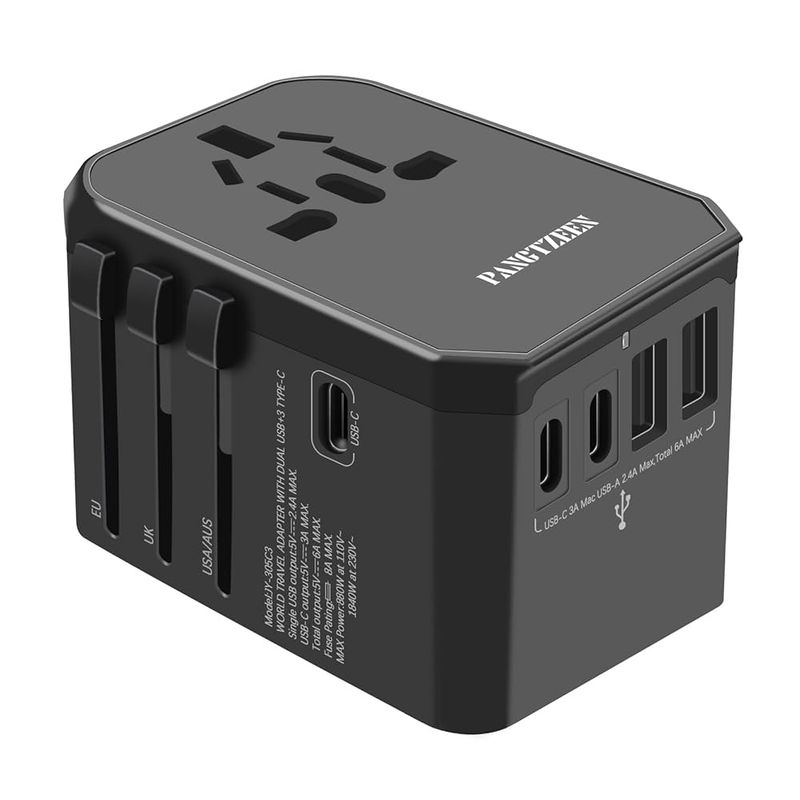
Nothing’s more frustrating than arriving somewhere exotic only to find your charger won’t fit the wall outlets. A quality universal adapter eliminates this problem by covering multiple plug types in one compact device.
Most modern phone and laptop chargers automatically handle 100-240V (check the text printed on your charging brick). If your device isn’t dual-voltage, you’ll need a separate voltage converter, though this is rare with today’s electronics.
Skip cheap adapters that break easily. Invest in a sturdy model with surge protection and multiple USB ports so you can charge several devices from one outlet without carrying multiple adapters.
3. Refillable Water Bottle
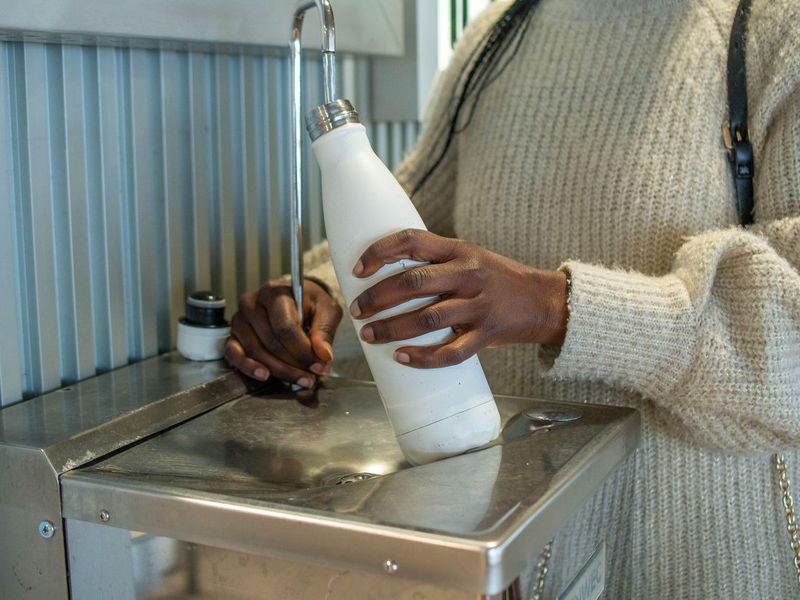
Airport water costs are outrageous, and buying plastic bottles everywhere creates unnecessary waste and expense. A refillable bottle solves both problems while keeping you properly hydrated during travel.
Bring it empty through security checkpoints—TSA explicitly allows empty bottles. Fill it at water fountains or ask restaurants for free refills after you pass through security screening.
Stainless steel bottles keep drinks cold longer, while collapsible silicone versions save packing space. Look for wide-mouth designs that are easier to clean and fill. Some bottles include built-in filters for questionable water sources in certain destinations, adding extra peace of mind during international adventures.
4. Compression Socks for Long Flights
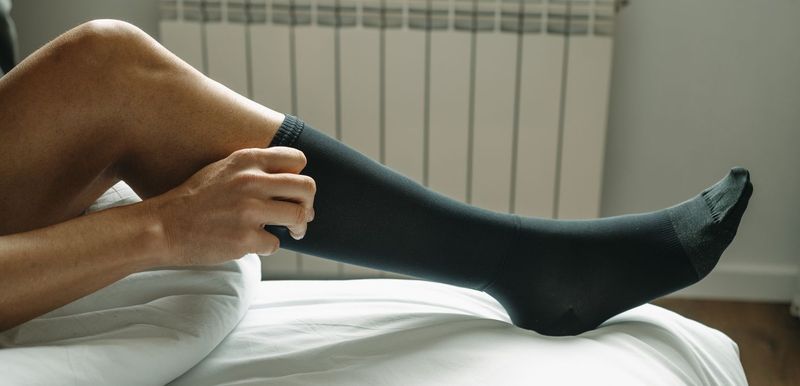
Long flights increase your risk of developing blood clots in your legs, a serious condition called deep vein thrombosis (DVT). Compression socks provide gentle pressure that helps maintain healthy blood circulation during extended periods of sitting.
Clinical studies show compression socks significantly reduce DVT risk in airline passengers, especially on red-eye flights and international routes lasting over four hours. They also reduce leg swelling and fatigue.
Choose graduated compression socks (15-20 mmHg) rather than regular tight socks. Put them on before boarding, not after you’re already seated. Many athletic brands now make stylish compression socks that look like regular travel wear while providing medical benefits.
5. TSA-Size Toiletry Bottles + 1 Quart Clear Bag
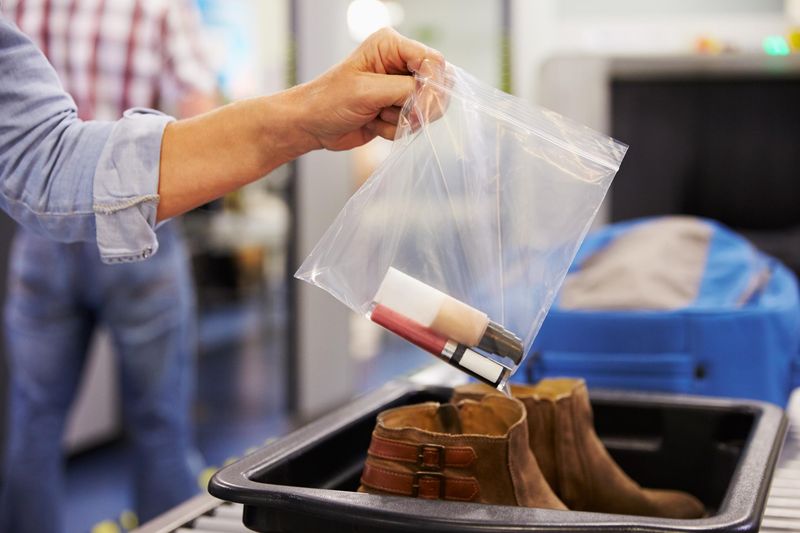
Forgetting the 3-1-1 rule costs time and money when security confiscates your full-size toiletries. All liquids, aerosols, and gels must be 3.4 ounces (100mL) or smaller and fit in one quart-size clear bag for carry-on screening.
Buy a set of leak-proof travel bottles and transfer your favorite products instead of buying travel sizes repeatedly. Label each bottle clearly to avoid confusion during packing and unpacking.
Pack the clear bag in an easily accessible pocket since you’ll need to remove it during security screening. Consider solid alternatives like shampoo bars or toothpaste tablets that aren’t subject to liquid restrictions, giving you more space for essential liquids.
6. Travel Health Kit

Medical emergencies don’t wait for convenient timing or locations. A well-stocked health kit handles minor issues before they become major problems and provides crucial medications when pharmacies aren’t available.
Pack prescription medications in original labeled containers, basic pain relievers, bandages, antiseptic wipes, and oral rehydration salts (ORS). The CDC specifically recommends ORS packets for treating severe diarrhea or heat-related dehydration.
Include any personal medications like inhalers or allergy pills, plus extras in case of delays. Add thermometer strips, anti-diarrheal medication, and motion sickness pills. Store everything in a waterproof pouch with a list of contents and emergency contact information for easy access during stressful situations.
7. EPA-Registered Insect Repellent

Mosquitoes and other biting insects aren’t just annoying—they can transmit serious diseases like malaria, dengue fever, and Zika virus in many popular travel destinations around the world.
The CDC and EPA recommend repellents containing DEET, picaridin, IR3535, oil of lemon eucalyptus, PMD, or 2-undecanone. These ingredients provide proven protection against disease-carrying insects when applied correctly.
Choose concentration levels based on exposure time: higher percentages last longer, not necessarily work better. DEET concentrations above 30% rarely provide additional benefits. Apply repellent over sunscreen, and reapply according to package directions. Pack both spray and lotion forms for different situations and clothing types during outdoor activities.
8. eSIM or Local SIM
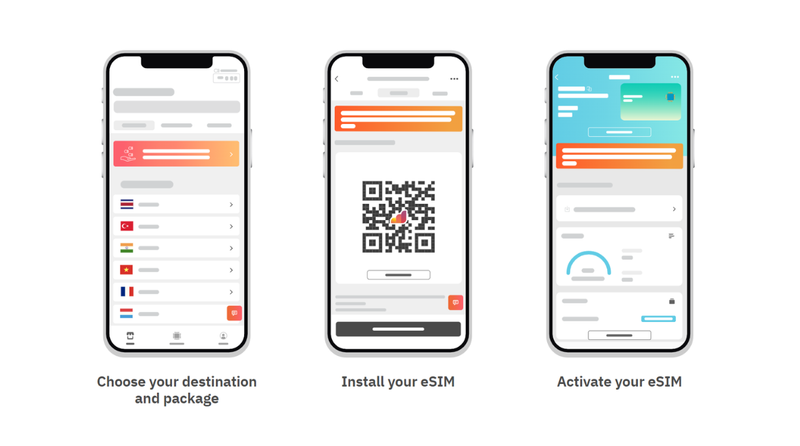
International roaming charges can cost hundreds of dollars for basic data usage. Local SIM cards or eSIM plans provide affordable internet access without the hassle of hunting for phone stores upon arrival.
Many newer smartphones support eSIM technology, allowing you to activate digital data plans before departure. This GSMA industry standard eliminates physical SIM card swapping and provides instant connectivity when you land.
Research eSIM providers for your destination and purchase plans in advance. For older phones, buy unlocked devices that accept local SIM cards. Download offline maps and translation apps before traveling as backup communication tools. Some eSIM plans work across multiple countries, perfect for multi-destination trips without switching carriers repeatedly.
9. TSA-Compatible Luggage Lock
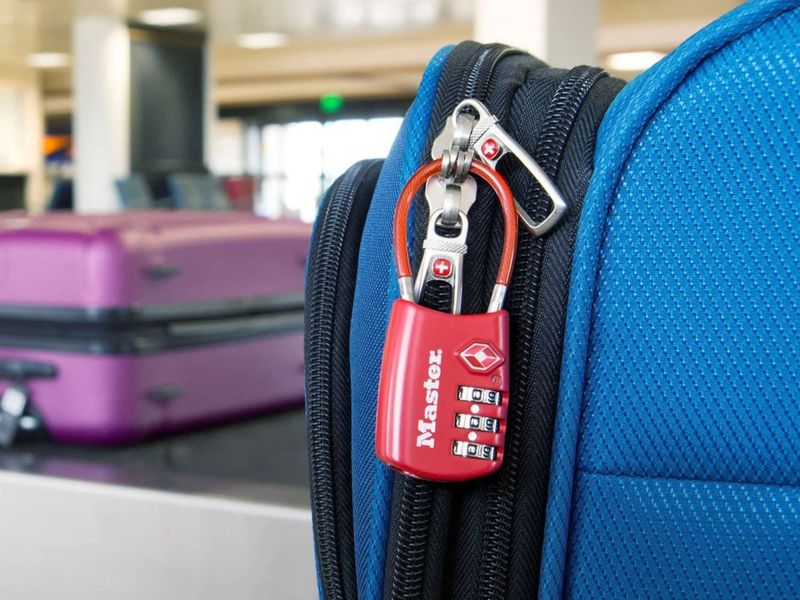
Luggage locks provide basic security and peace of mind, but regular locks become useless if TSA needs to inspect your checked bag. Non-approved locks get cut off and thrown away during security inspections.
TSA-compatible locks feature a special mechanism that allows security officers to open them with master keys, inspect your luggage, then re-lock everything properly. You’ll find your belongings secure and your lock intact.
Look for the red diamond TSA logo when shopping for travel locks. Combination locks work better than key locks since you can’t lose the combination. While these locks won’t stop determined thieves, they deter casual tampering and keep zippers closed during rough baggage handling that could spill contents everywhere.
10. Packing Cubes or Compression Cubes

Digging through messy suitcases wastes time and creates frustration, especially when moving between hotels every few days. Packing cubes transform chaotic luggage into organized compartments that make finding items effortless.
Regular packing cubes separate clean clothes from dirty laundry and keep outfits together. Compression cubes go further by squeezing air out to reduce bulk, fitting more items in limited space.
Use different colored cubes for different item types: one for shirts, another for underwear and socks, another for electronics. This system makes packing and unpacking faster while keeping everything wrinkle-free. Mesh panels let you see contents without opening zippers, and handles make removing specific cubes easy without disturbing other organized sections.
11. Lightweight Rain Layer or Mini Umbrella
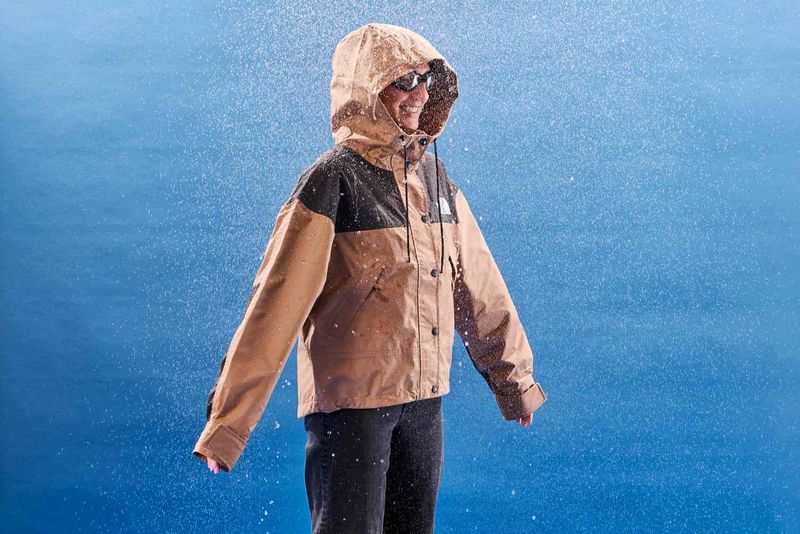
Weather predictions aren’t always accurate, and unexpected rain can ruin outdoor plans or leave you soaked and uncomfortable. A packable rain layer provides protection without taking up significant luggage space.
Lightweight rain jackets serve double duty as wind protection during cool evenings or air-conditioned transportation. Look for packable shells that stuff into their own pocket for easy storage in day bags.
Mini umbrellas work well for urban exploration but become useless in strong winds. Rain jackets keep your hands free for photography, maps, or holding onto companions during sudden downpours. Choose bright colors for visibility and style. Some jackets include reflective elements for safety during evening activities in unfamiliar locations with different traffic patterns.
12. Noise-Canceling Headphones or Earplugs + Sleep Mask
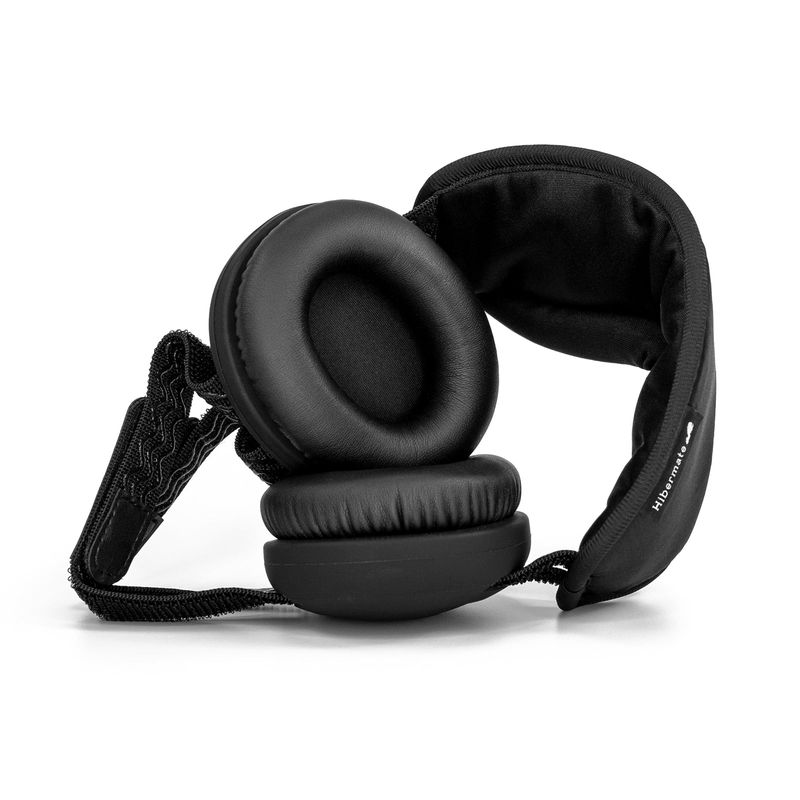
Airplanes, trains, and hotels aren’t known for peaceful environments. Crying babies, loud conversations, and mechanical noise can make rest impossible without proper sound blocking equipment and light control.
Quality noise-canceling headphones reduce ambient sound significantly, making flights more pleasant and sleep more achievable. Combine them with soft earplugs for maximum quiet during overnight transportation.
Sleep masks block overhead reading lights and early sunrise through airplane windows. Choose contoured masks that don’t press against your eyelids, allowing natural blinking during rest. Some masks include built-in speakers for relaxing sounds. Pack backup foam earplugs since they’re small, cheap, and effective if your main headphones break or run out of battery during long journeys.
13. Small Digital Luggage Scale
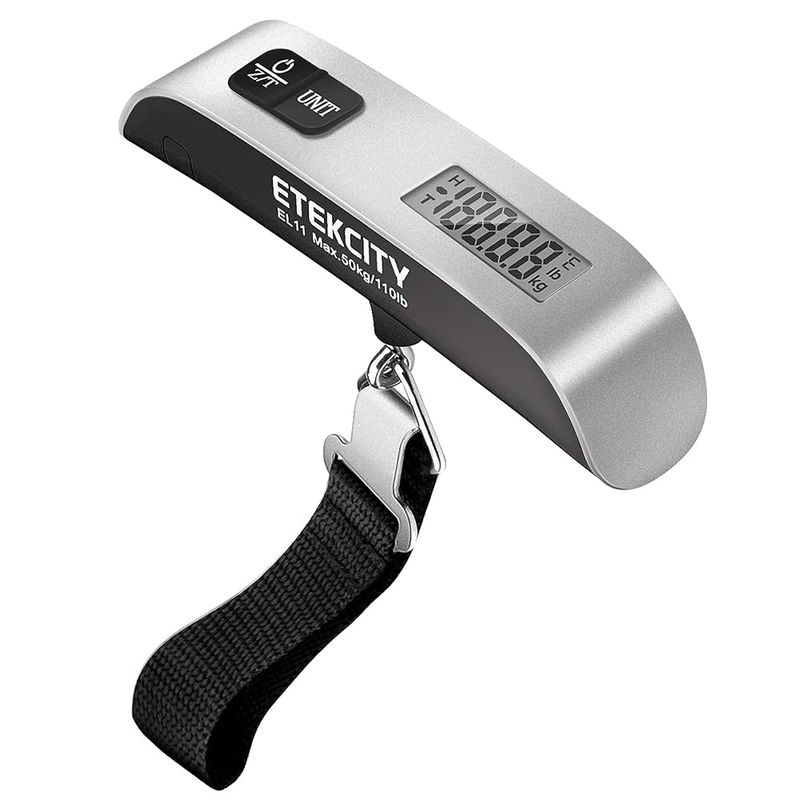
Airline baggage fees can cost more than budget flight tickets, and weight limits vary between carriers and routes. Overweight surprises at check-in counters create stress and unexpected expenses when you’re already running late.
Portable digital scales let you weigh luggage in your hotel room before heading to the airport. This advance warning gives you time to redistribute items between bags or ship souvenirs home separately.
Choose scales that handle at least 50 pounds and display weights in both kilograms and pounds since international airlines use different measurement systems. Hook-style scales work better than platform types for travel. Some models include built-in measuring tape for checking bag dimensions, another common airline restriction that catches travelers off guard at departure gates.
14. Compact Headlamp or Flashlight
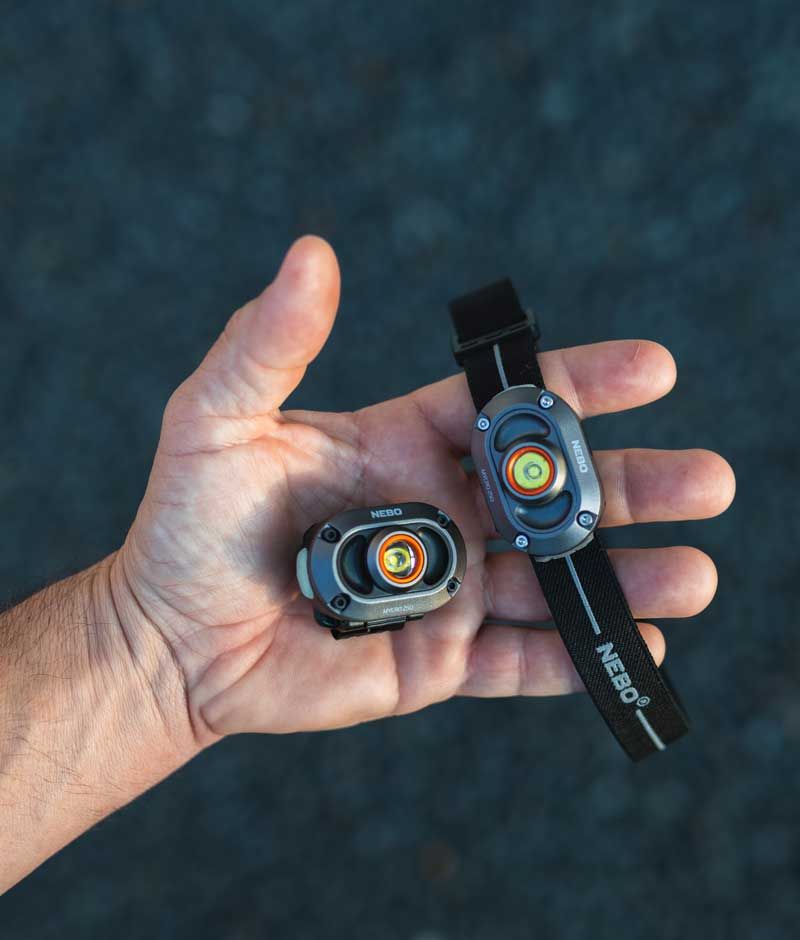
Power outages happen everywhere, and fumbling around dark hotel rooms or navigating poorly lit areas becomes dangerous without reliable hands-free lighting. Headlamps provide directed light while keeping both hands available for other tasks.
Red-eye flights often arrive before sunrise when transportation options are limited and unfamiliar areas look different in darkness. Having your own light source increases safety and confidence during these vulnerable travel moments.
LED headlamps offer long battery life and adjustable brightness levels. Look for models with red light modes that preserve night vision. Compact flashlights work as backup options and feel less conspicuous in urban settings. Some travelers prefer small keychain lights for quick tasks like reading menus in dimly lit restaurants or finding items in dark bags during transportation.
15. Document Organizer + Digital Backups
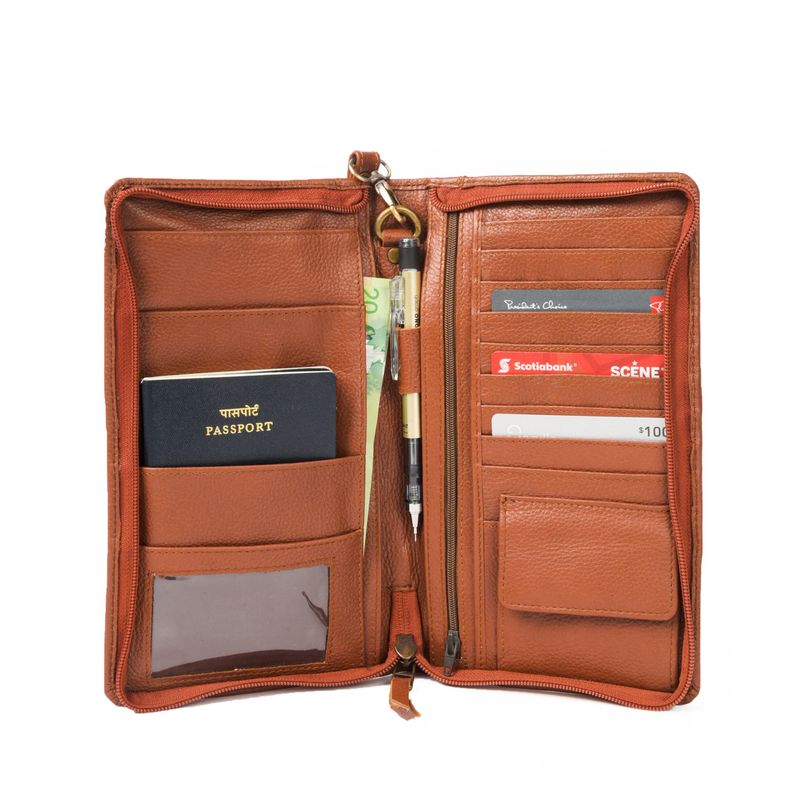
Lost or stolen documents can end trips abruptly and create expensive complications requiring embassy visits and emergency replacements. Keeping everything organized and backed up digitally prevents minor incidents from becoming major disasters.
Document organizers with RFID blocking protect credit cards and passports from electronic theft while keeping boarding passes, insurance cards, and emergency contacts easily accessible during travel stress.
Store secure digital copies of passports, visas, insurance policies, and credit cards in cloud storage and email them to yourself. The U.S. State Department provides updated travel guidance and emergency passport assistance when situations go wrong. Include emergency contact numbers for banks, insurance companies, and family members in multiple locations for redundant access during crisis situations requiring immediate communication.

